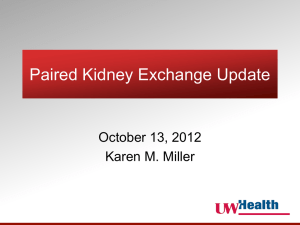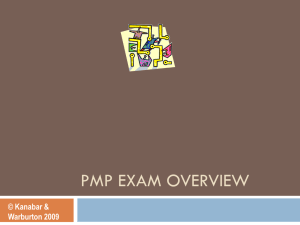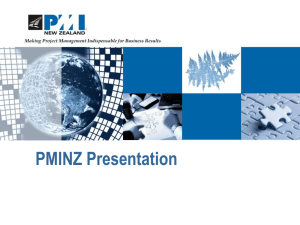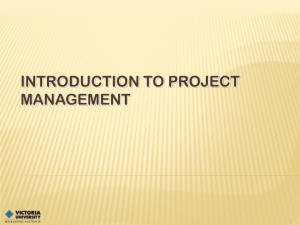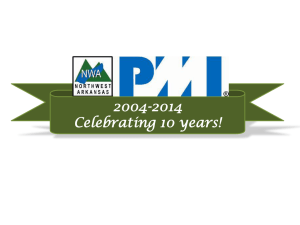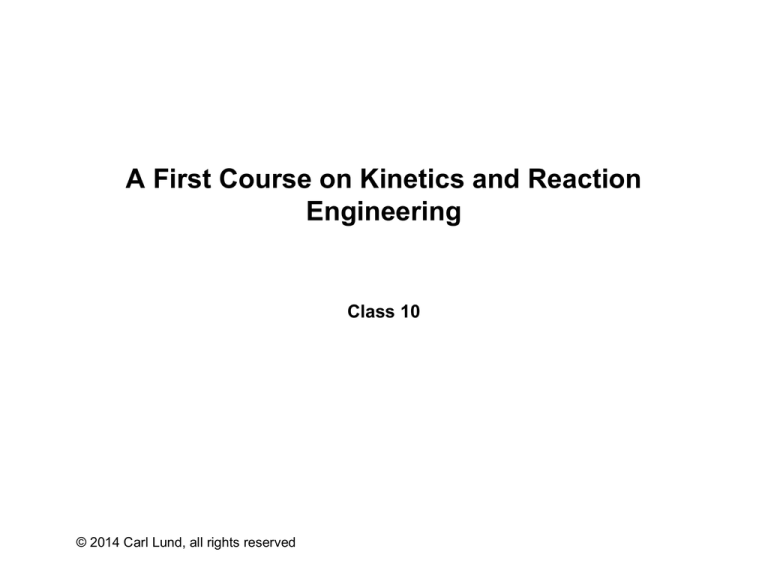
A First Course on Kinetics and Reaction
Engineering
Class 10
© 2014 Carl Lund, all rights reserved
Where We’re Going
• Part I - Chemical Reactions
• Part II - Chemical Reaction Kinetics
‣ A. Rate Expressions
-
4. Reaction Rates and Temperature Effects
5. Empirical and Theoretical Rate Expressions
6. Reaction Mechanisms
7. The Steady State Approximation
8. Rate Determining Step
9. Homogeneous and Enzymatic Catalysis
10. Heterogeneous Catalysis
‣ B. Kinetics Experiments
‣ C. Analysis of Kinetics Data
• Part III - Chemical Reaction Engineering
• Part IV - Non-Ideal Reactions and Reactors
Heterogeneous Catalysis
• In heterogeneous catalytic reactions, reaction is often assumed to take
•
place at specific locations on the surface called active sites
When reactions take place on a surface, surface concentrations, not
volume concentrations, are used in the rate expressions for elementary
steps
‣ Rate and equilibrium expressions for surface reactions often use fractional coverages in place
of surface concentrations
‣
Ci
surf
= Csitesq i
‣ The total surface concentration of sites, Csites, is incorporated into the pre-exponential factor of
the rate coefficient
• Active sites are usually assumed to be conserved
‣
q vacant +
å
qi = 1
i = all
adsorbed
species
• Simplifications may be possible if one species is the most abundant
•
surface intermediate (masi): q masi ≫ q i(¹masi)
Langmuir-Hinshelwood kinetics are a common type of rate expression for
heterogeneous catalytic reactions results when
‣ A surface reaction step is assumed to be rate-determining
‣ All of the adsorption/desorption steps are quasi-equilibrated
Questions?
Activity 10.1
• The water-gas shift reaction, equation (1), might take place according to
the mechanism given in equations (2) and (3). If step (3) is irreversible,
find an expression for the rate of water-gas shift in terms of the partial
pressures of the stable species (and rate and equilibrium constants).
• Overall, macroscopically observed reaction:
• CO + H O ⇄ CO + H
• Postulated mechanism:
• CO + O−❋ ⇄ CO + ❋
• H O + ❋ ⇄ H + O−❋
2
2
2
2
2
2
(1)
(2)
(3)
• We will solve this problem as a relay race. When told to start, one group
member should go to the board and write one equation needed to solve
the problem, then sit down. The next member should then go to the board
and either correct an existing equation or write an additional one. The first
group to list all necessary equations correctly and indicate how to solve
them wins!
Solution
• No step has been identified as rate-determining
‣ Set the rate of the macroscopically observed reaction with respect to one of its reagents equal
to the sum of the rates of generation of that reagent in each of the mechanistic steps
‣ For H2 this gives
rH ,1 = k3, f PH Oq v - k3,r PH q O
• Identify the reactive intermediates and apply the Bodenstein steady state
2
2
2
approximation to each of them
‣ Reactive intermediates appear in the mechanistic steps, not in the macroscopically observed
reaction
‣ Here there are two: O−❋ and ❋
‣ Set their net rate of generation equal to zero
-
For ❋ this gives
(
) (
0 = k2, f PCOqO - k2,r PCO q v - k3, f PH Oq v - k3,r PH qO
-
2
2
2
For O−❋ it gives the exact same equation; need another equation
)
• Assume conservation of active sites
1 = qO + q v
• Solve to obtain expressions for the surface coverages
qv =
k2, f PCO + k3,r PH 2
qO =
k2, f PCO + k2,r PCO2 + k3, f PH 2O + k3,r PH 2
• Substitute into the rate expression:
rH ,1 =
2
k2,r PCO2 + k3, f PH 2O
k2, f PCO + k2,r PCO2 + k3, f PH 2O + k3,r PH 2
k2, f k3, f PCO PH O - k2,r k3,r PCO PH
2
2
2
k2, f PCO + k2,r PCO + k3, f PH O + k3,r PH
2
2
2
Activity 10.2
The oxidation of carbon monoxide is given in equation (1) below. Suppose
that the mechanism is given by equations (2) through (4) and that step (4) is
rate-limiting. Derive a rate expression in terms of only the partial pressures
of the reagents and constants. How does the result change if O−✳ is the
most abundant surface intermediate? Comment upon the resulting rate
expression.
Overall, macroscopically observed reaction:
2 CO + O2 ⇄ 2 CO2
(1)
Postulated mechanism:
O2 + 2 ✳ ⇄ 2 O−✳
CO + ✳ ⇄ CO−✳
CO−✳ + O−✳ ⇄ CO2 + 2 ✳
(2)
(3)
(4)
Generating the Rate Expression
• Step (4) is rate-determining
‣
r1 = r4, f = k4, f qOqCO
‣ Not useful in this form; the fractional coverage of CO2 is difficult to measure
• Steps (2) and (3) are quasi-equilibrated
q O2
K2 =
PO q v2
q CO
K3 =
PCOq v
• Sites are conserved
2
q v + qO + qCO = 1
• Solve to obtain expressions for the surface coverages
1
K 3PCO
K 2 PO2
qv =
q CO =
qO =
1+ K 2 PO2 + K 3PCO
1+ K 2 PO2 + K 3PCO
1+ K 2 PO2 + K 3PCO
• Substitute into the rate expression
r1 = k4, f qOq CO = k4, f
(1+
K 3PCO K 2 PO2
K 2 PO2 + K 3PCO
)
2
Simplify for O−❋ as MASI
r1 = k4, f
(1+
K 3PCO K 2 PO2
K 2 PO2 + K 3PCO
)
2
qO ≫ q v
K 2 PO2
1+ K 2 PO2 + K 3PCO
qO ≫ qCO
K 2 PO2
1
≫
1+ K 2 PO2 + K 3PCO
1+ K 2 PO2 + K 3PCO
K 2 PO2 ≫ 1
r1 = k4, f
(1+
K 3PCO
≫
1+ K 2 PO2 + K 3PCO
K 2 PO2 ≫ K 3PCO
K 3PCO K 2 PO2
K 2 PO2 + K 3PCO
)
2
» k4, f
K 3PCO K 2 PO2
(
K 2 PO2
)
2
k4, f K 3 PCO
=
K 2 PO2
• Normally as the concentration of a reactant increases, the rate increases
• 2 CO + O ⇄ 2 CO
• Here as the concentration of O increases, the rate decreases
2
2
2
‣ The reaction is reactant-inhibited
Activity 10.3
Three Minute Paper
• Units 6 through 10 have presented different ways of generating a rate
•
•
expression for a non-elementary reaction if the mechanism is known or
can be postulated
Write an “instruction manual” that incorporates all the approaches
presented in these units and describes a general approach to solving
these types of problems
You have three minutes
Where We’re Going
• Part I - Chemical Reactions
• Part II - Chemical Reaction Kinetics
‣ A. Rate Expressions
-
4. Reaction Rates and Temperature Effects
5. Empirical and Theoretical Rate Expressions
6. Reaction Mechanisms
7. The Steady State Approximation
8. Rate Determining Step
9. Homogeneous and Enzymatic Catalysis
10. Heterogeneous Catalysis
‣ B. Kinetics Experiments
-
11. Laboratory Reactors
12. Performing Kinetics Experiments
‣ C. Analysis of Kinetics Data
• Part III - Chemical Reaction Engineering
• Part IV - Non-Ideal Reactions and Reactors


